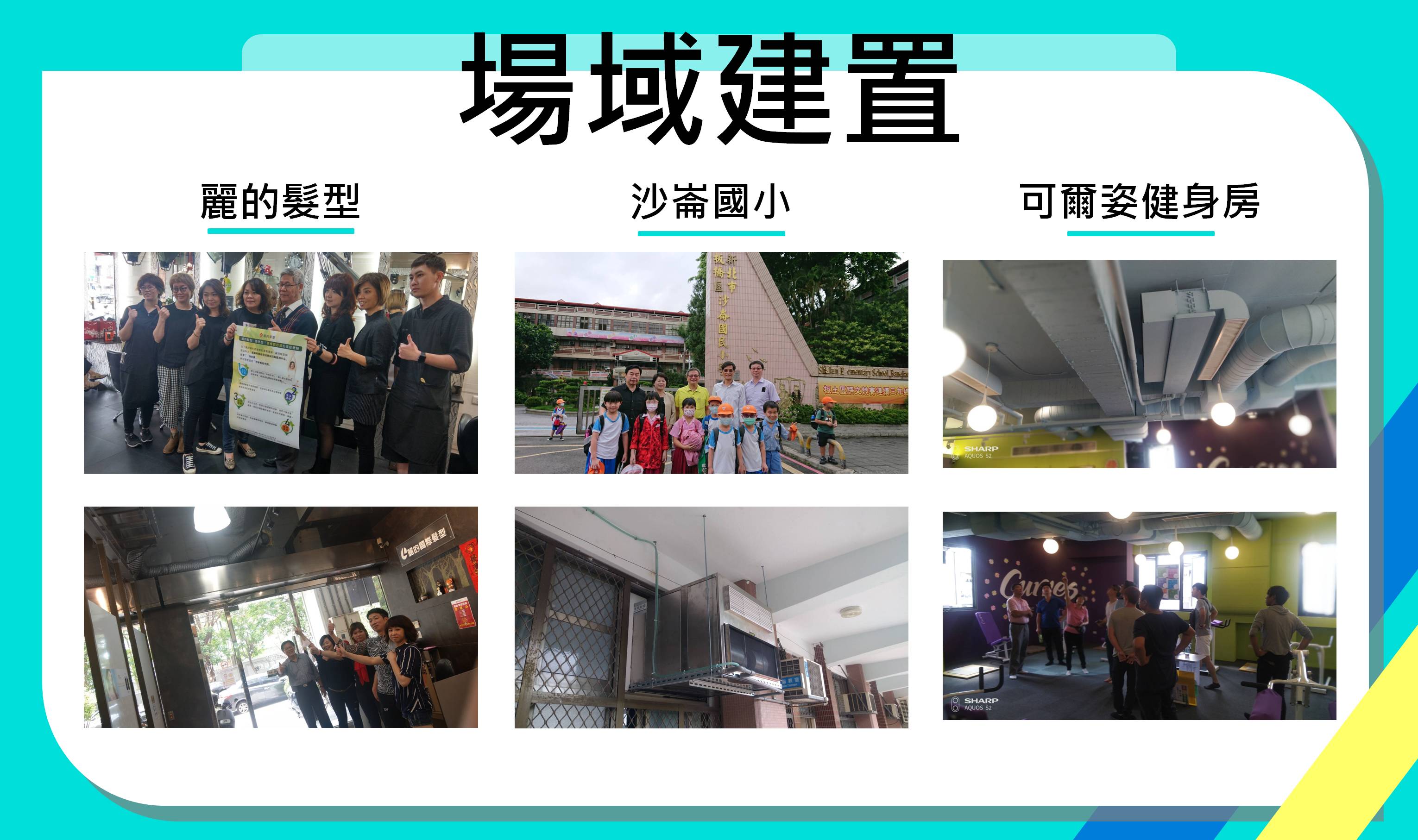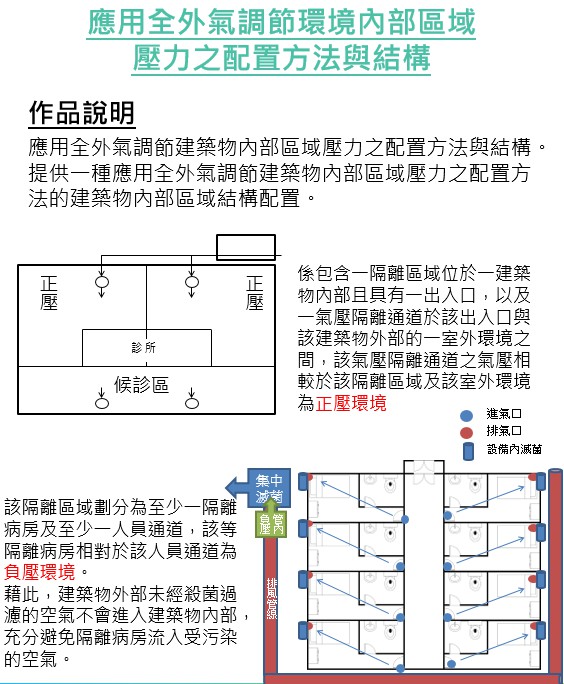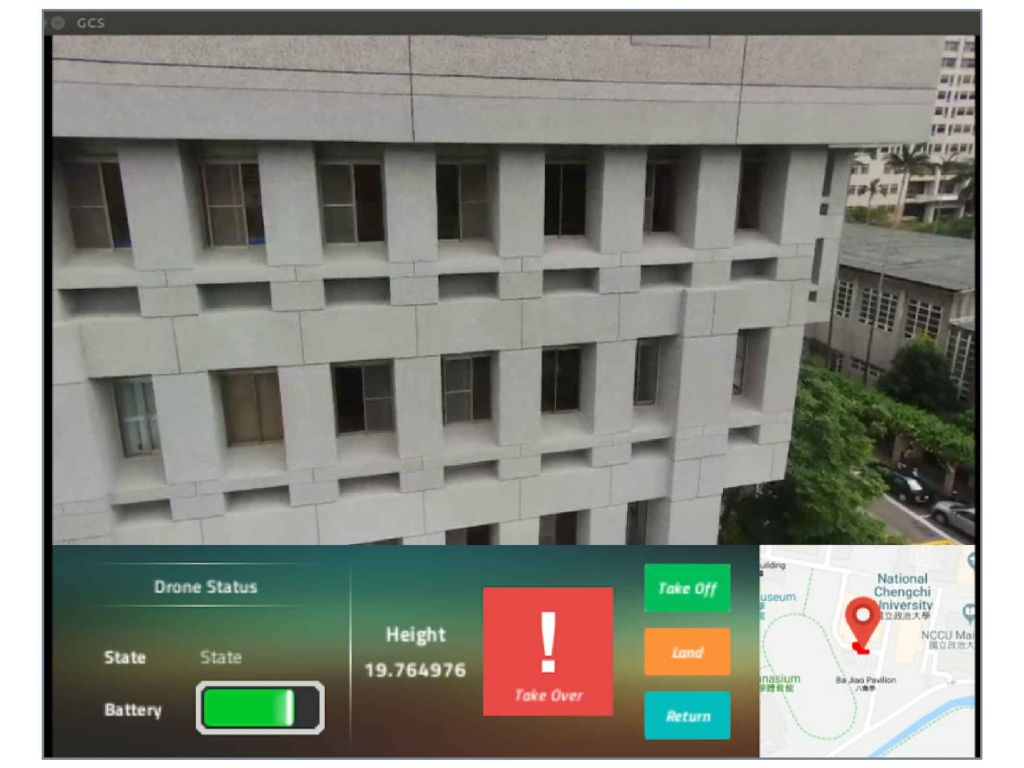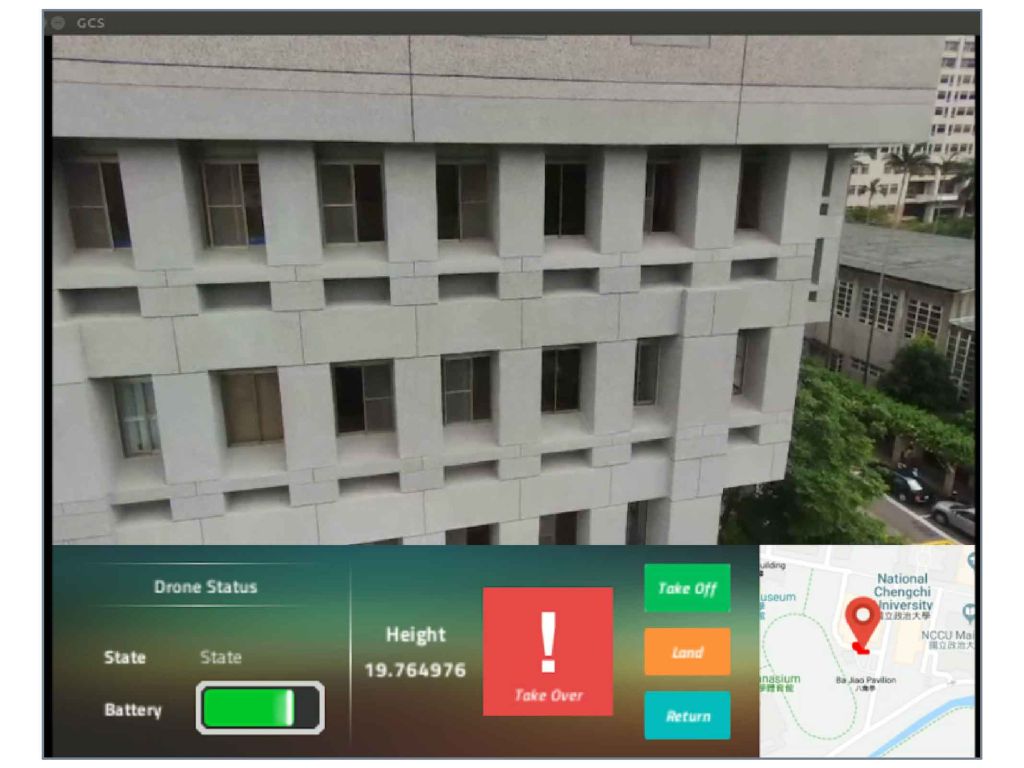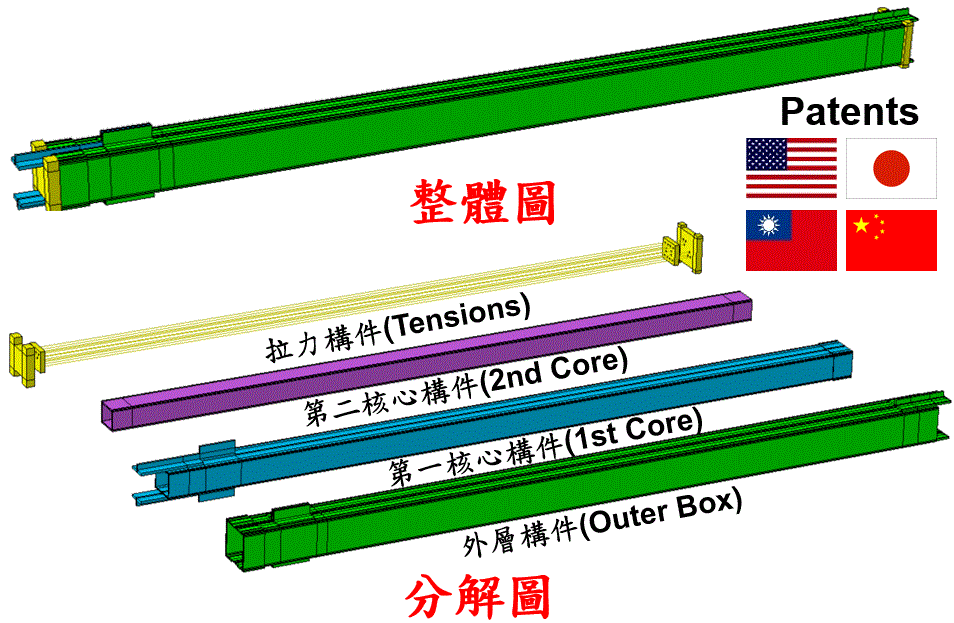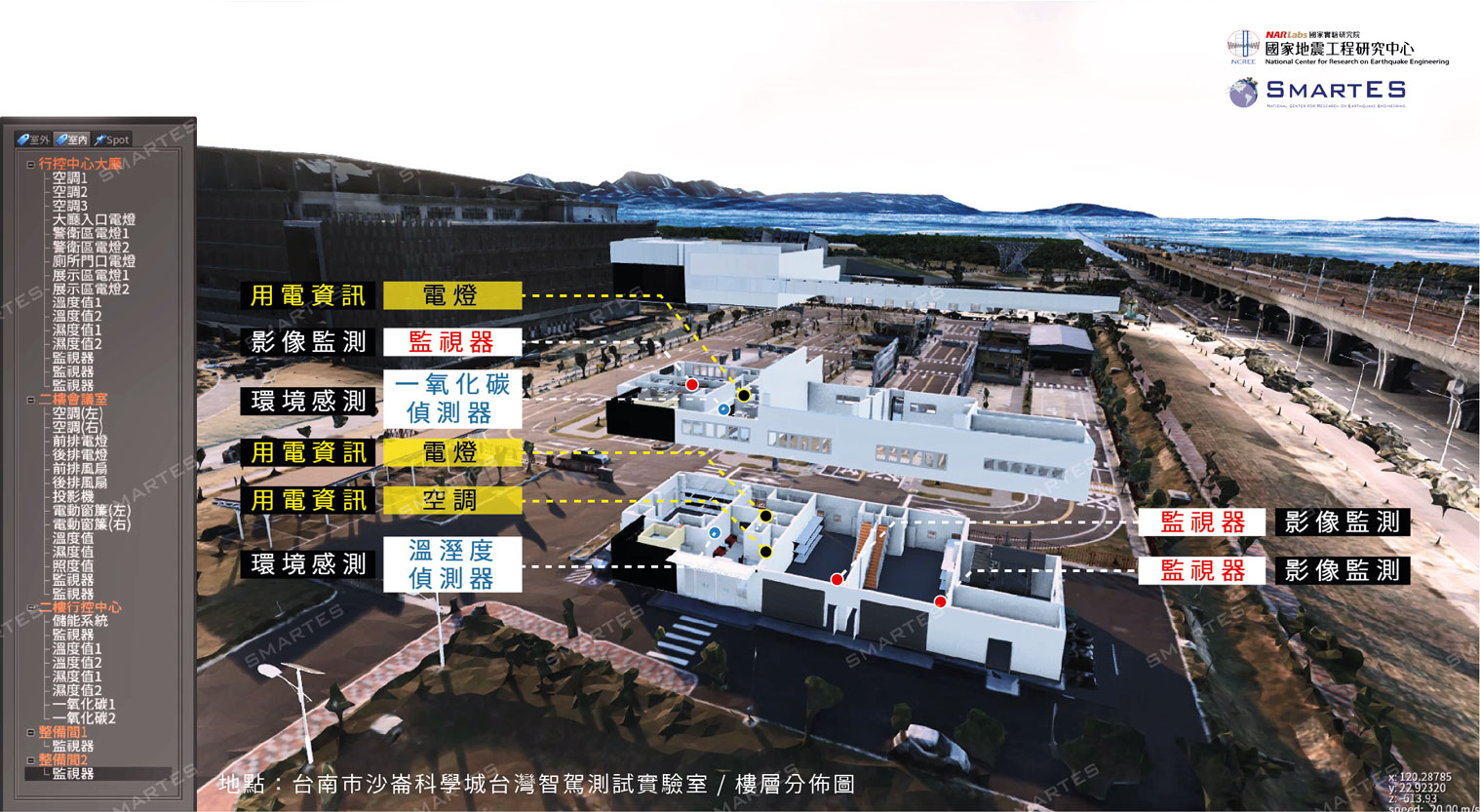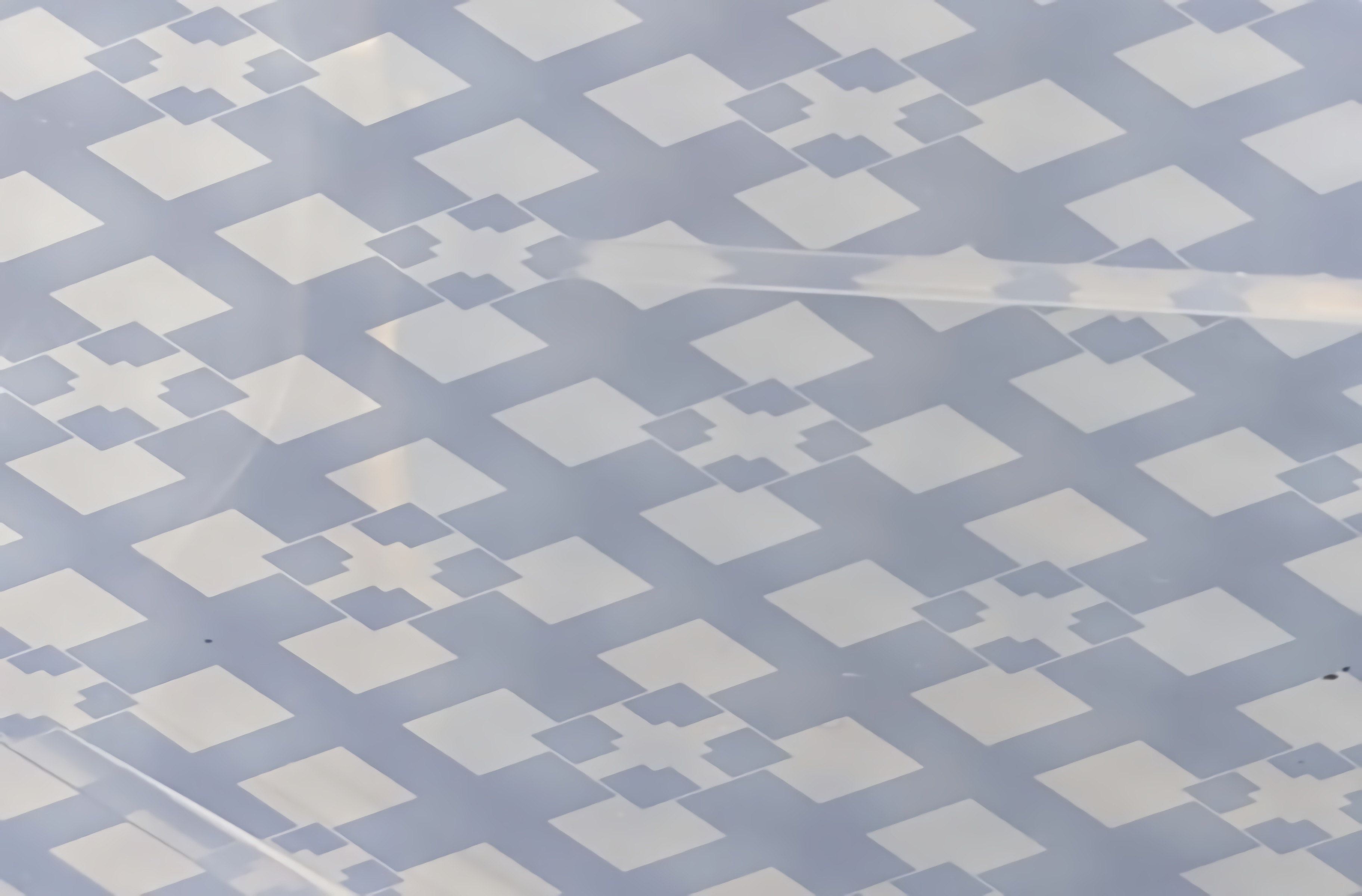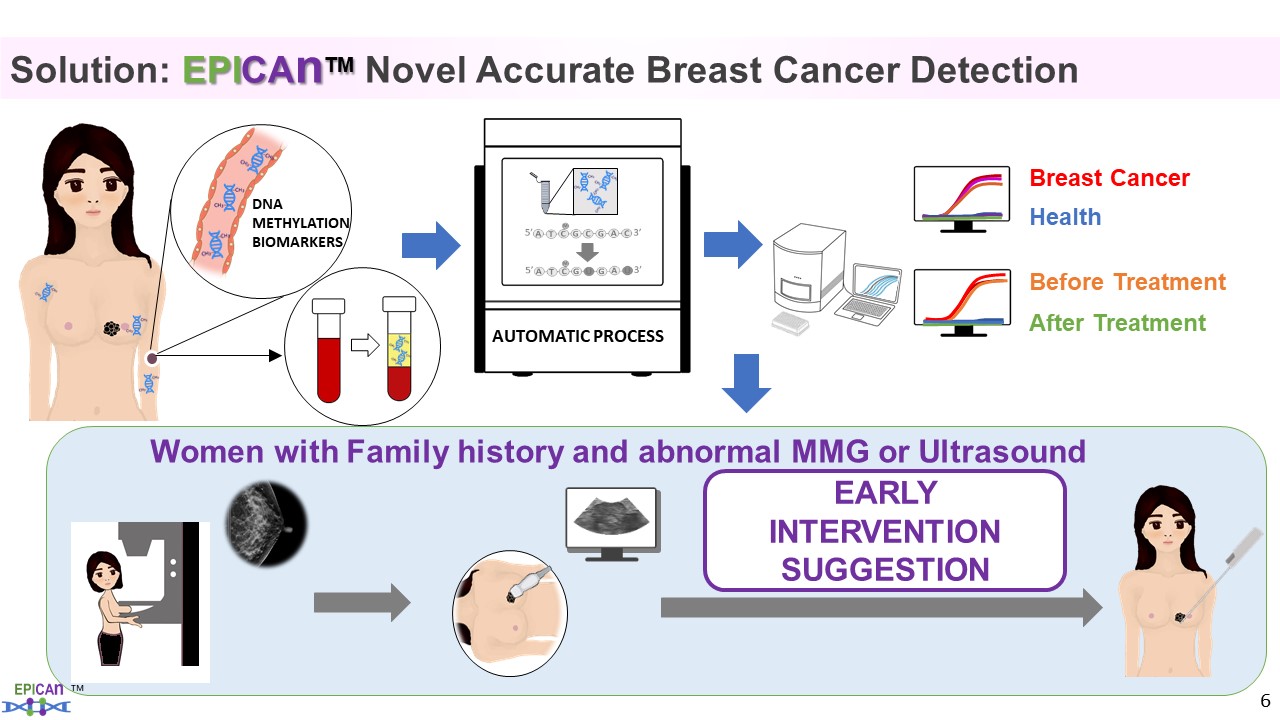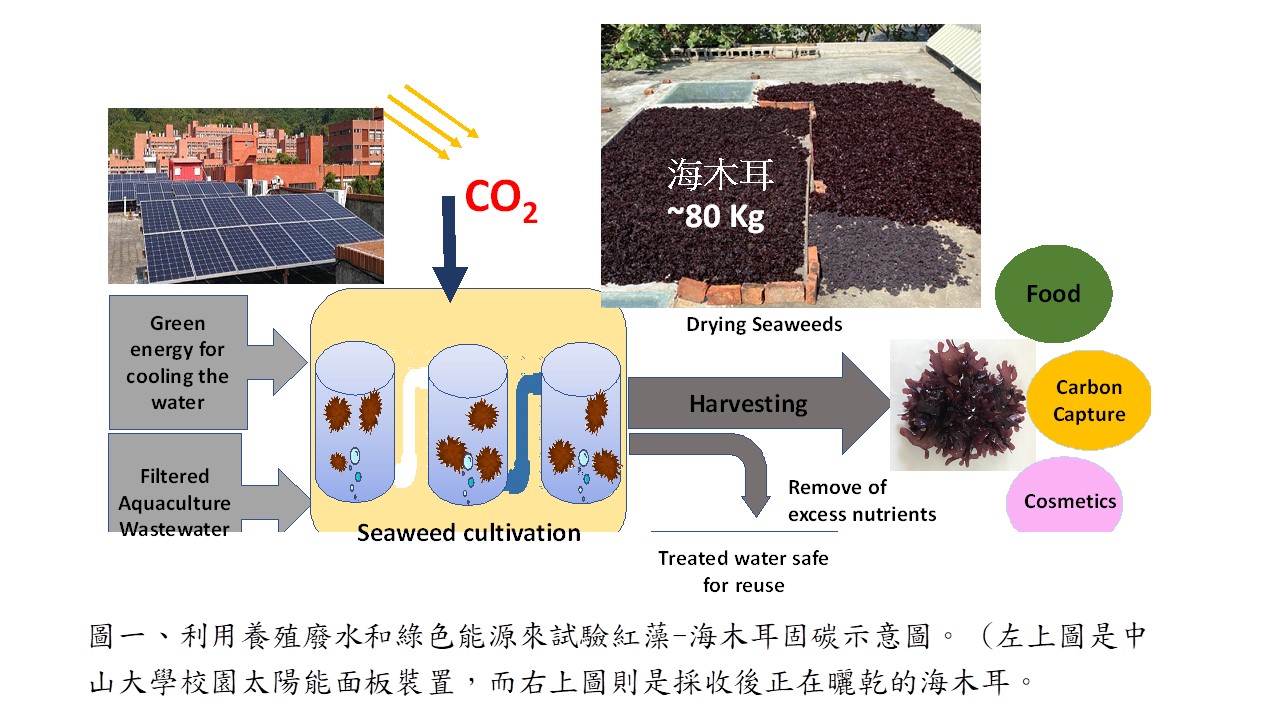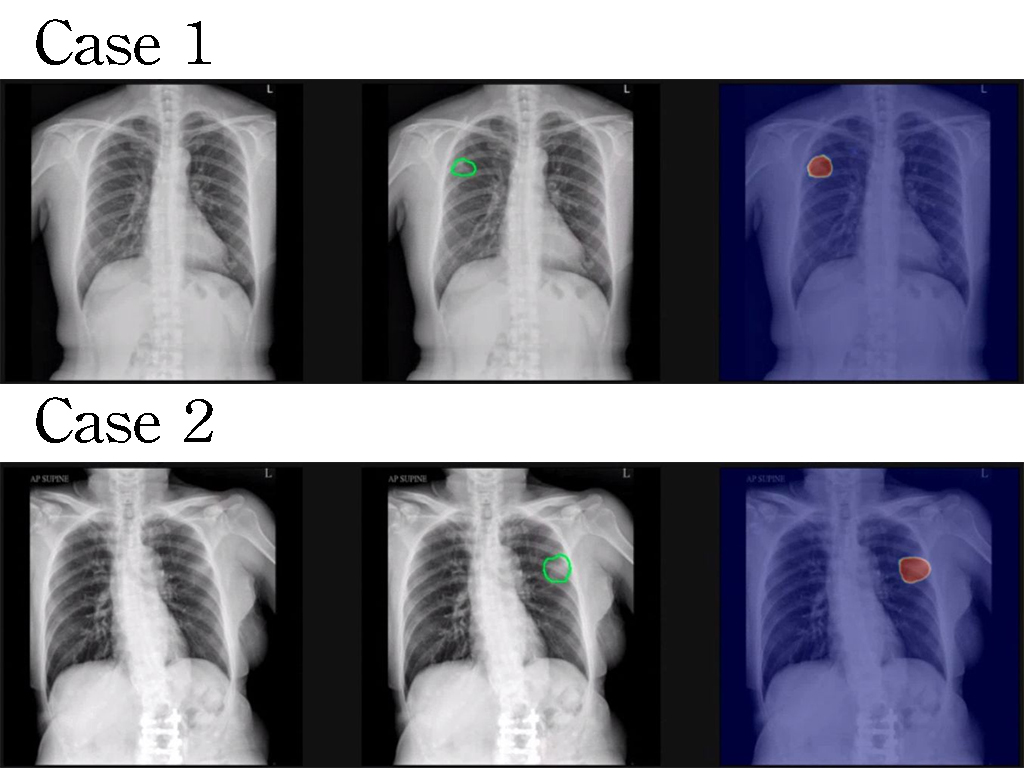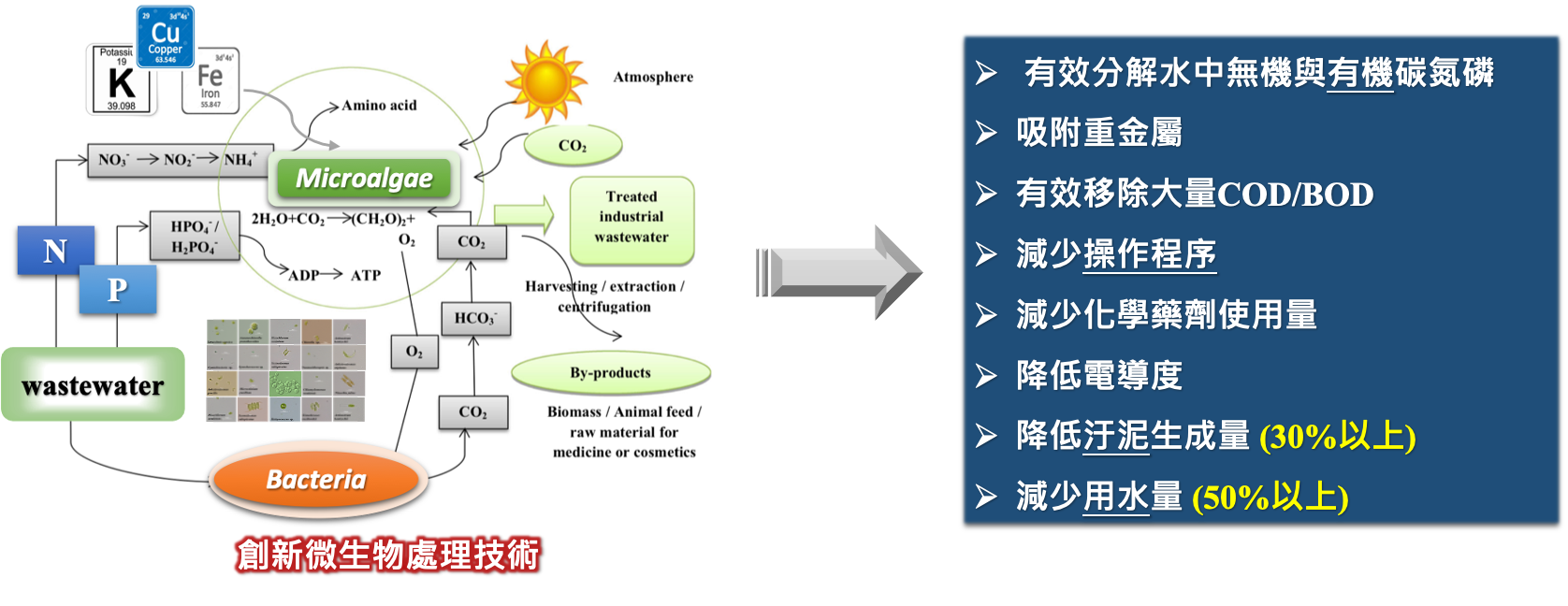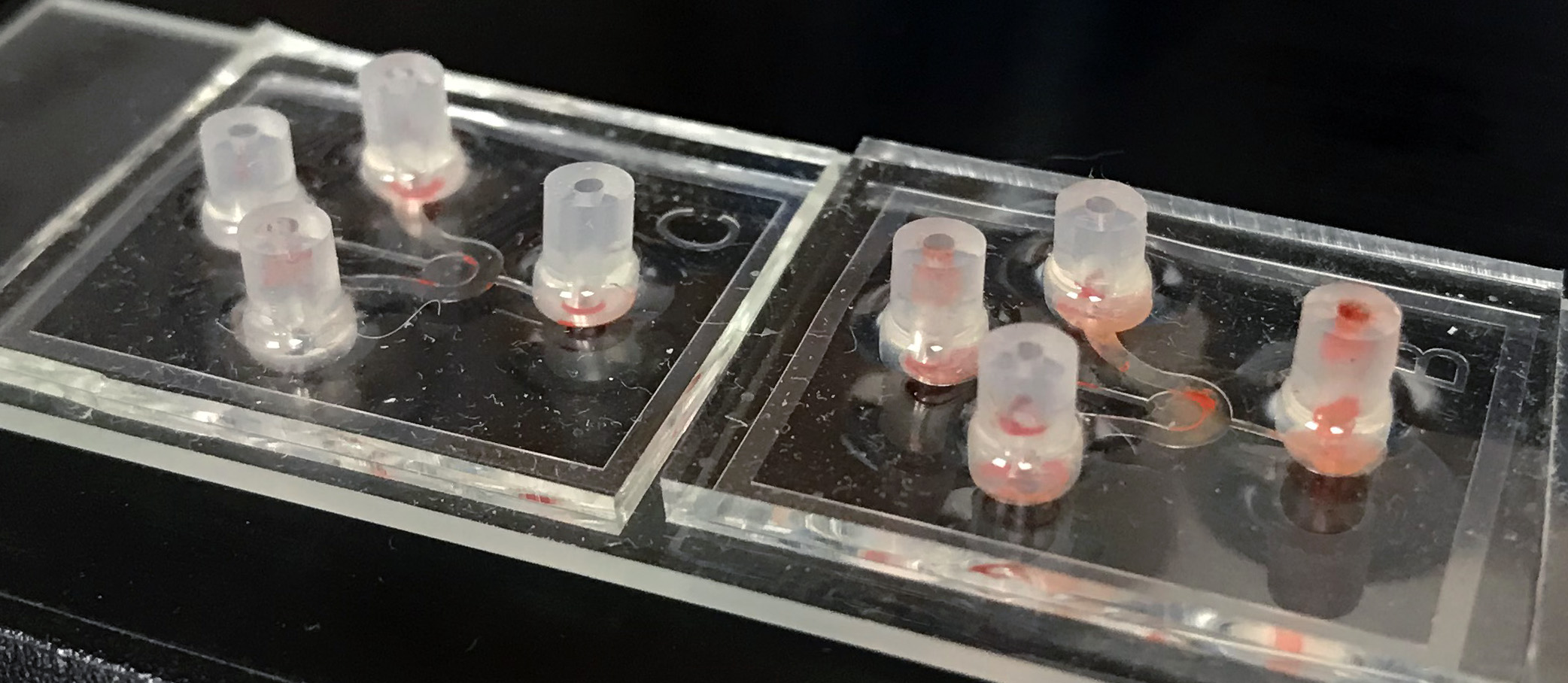| Technical Name | Dual-Core Self-Centering Energy Dissipation Brace | ||
|---|---|---|---|
| Project Operator | National Taiwan University | ||
| Project Host | 周中哲 | ||
| Summary | Conventional buildings use beambrace members to dissipate seismic energy. However, these members may cause residual deformation of buildings under large earthquakes, which affects the building seismic performanceincreases the difficulty of reuse after earthquakes. Therefore, a novel earthquake-resisting member "Dual-Core Self-Centering Brace, DC-SCB” was developed. The DC-SCB uses tendons to provide the elastic restoring forcea friction devicesteel bars to provide energy dissipation so that the building can return to the original position after major earthquakes. The DC-SCB significantly reduces the residual deformationrepair cost of the building after earthquakes, also reducing the large lateral displacementcollapse of the building. |
||
| Technical Film | |||
| Scientific Breakthrough | A proposed dual-core self-centering brace (DC-SCB) has three steel memberstwo tensioning element sets in parallel, in which the leftright ends of the brace are the extension of the first corethe outer box, respectively. When the initial PT forcethe force required to activate the friction device are surpassed, the outer boxthe first core begin moving relative to the second core. The relative displacements δ between the outer boxthe second corebetween the first corethe second core result in an axial displacement of 2δin the brace. The brace returns to its original position when the load is removed. The behavior of the brace under compression is similar to that under tension. |
||
| Industrial Applicability | The dual-core self-centering brace (DC-SCB) has obtained invention patents in the US, Japan, China,Taiwan. The research has been published in well-known international journals so researchers in the US, Canada, Europe,China have cited the works frequently. Especially recently, Carleton University in Canada, Harbin Institute of Technology in China, Beijing Jiaotong University, Nanjing Southeast University,Japan Famous City University have successively adopted the principles of the present invention to develop similar bracing products. The influence of the patented innovative technology in industrytechnological researchdevelopment has reached international standards, enhancing Taiwans visibilityinfluence on innovative researchdevelopment. |
||
| Matching Needs | Self-Centering Brace, High-Strength Steel Tendon, Friction, Building Retrofit, Seismic Upgrading, Residual Deformation, Repair, Pulse Earthquake, Building Collapse, Building Tilt |
||
| Keyword | Self-Centering Brace High-Strength Steel Tendon Friction Building Retrofit Seismic Upgrading Residual Deformation Repair Pulse Earthquake Building Collapse Building Tilt | ||
| Download |
台大土木周中哲教授研究團隊_雙核心預力拉伸自復位消能支撐裝置_1.pdf 台大土木周中哲教授研究團隊_雙核心預力拉伸自復位消能支撐裝置_2.pdf |
||
- pingtingchung@gmail.com

